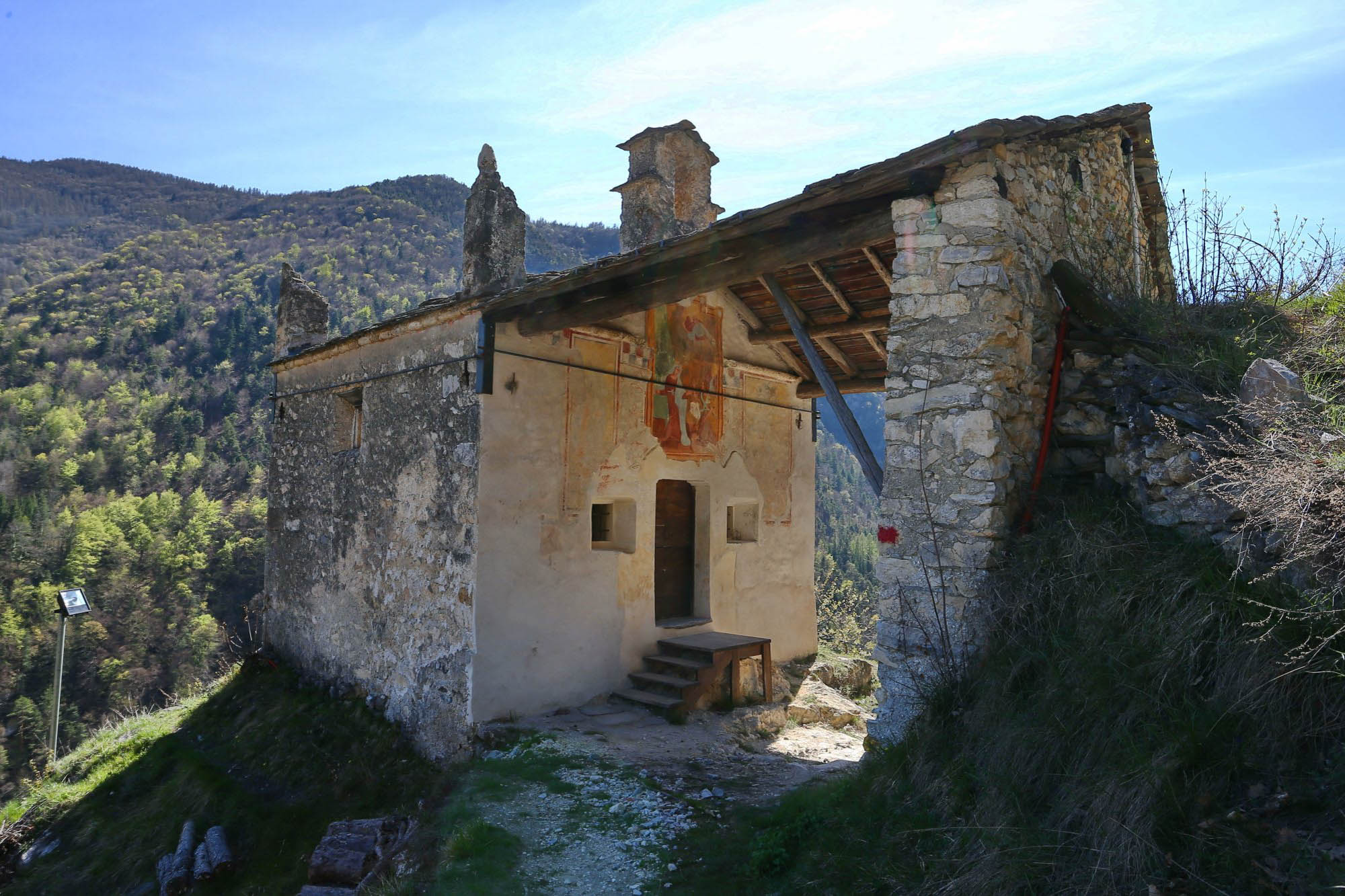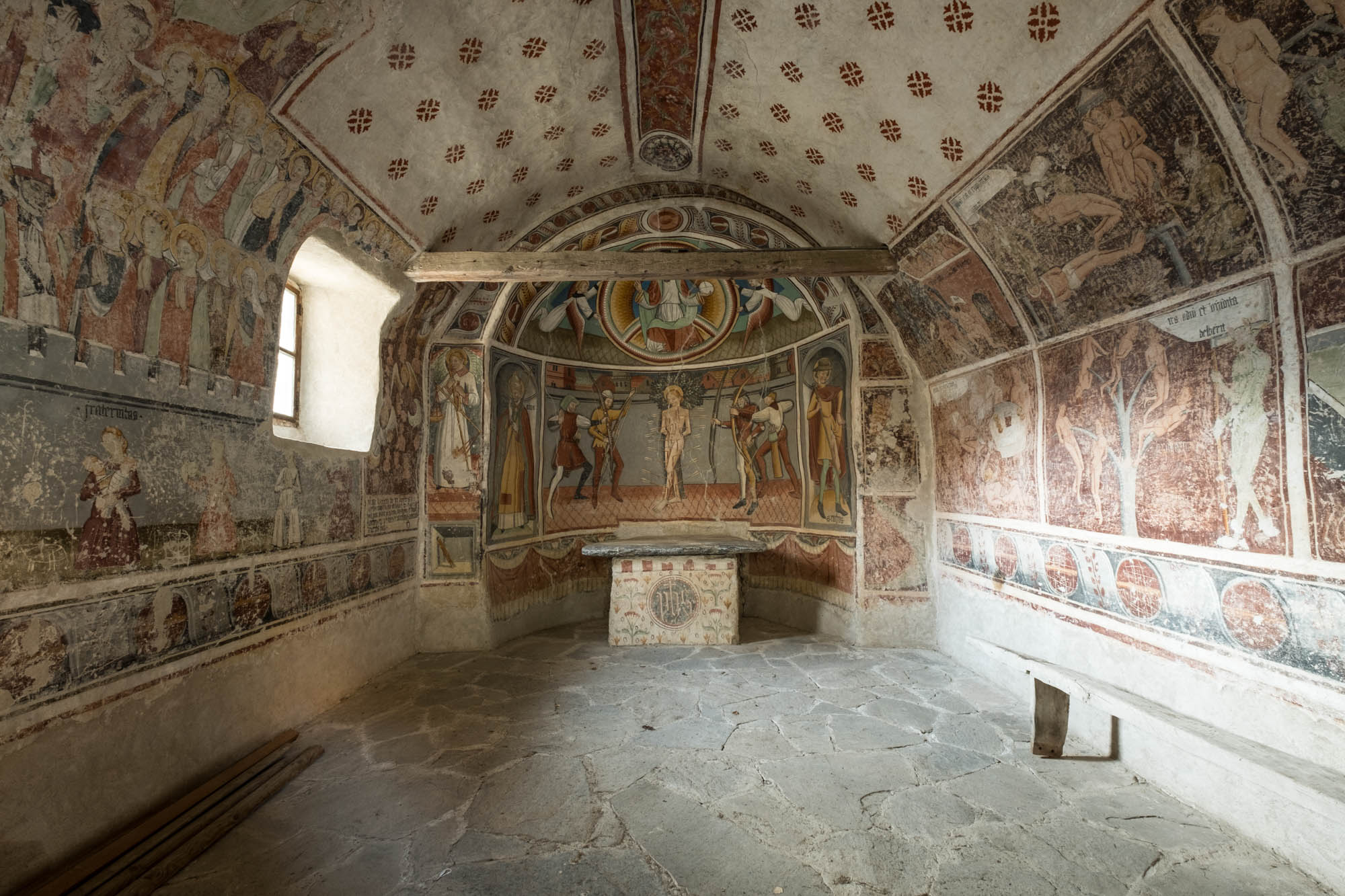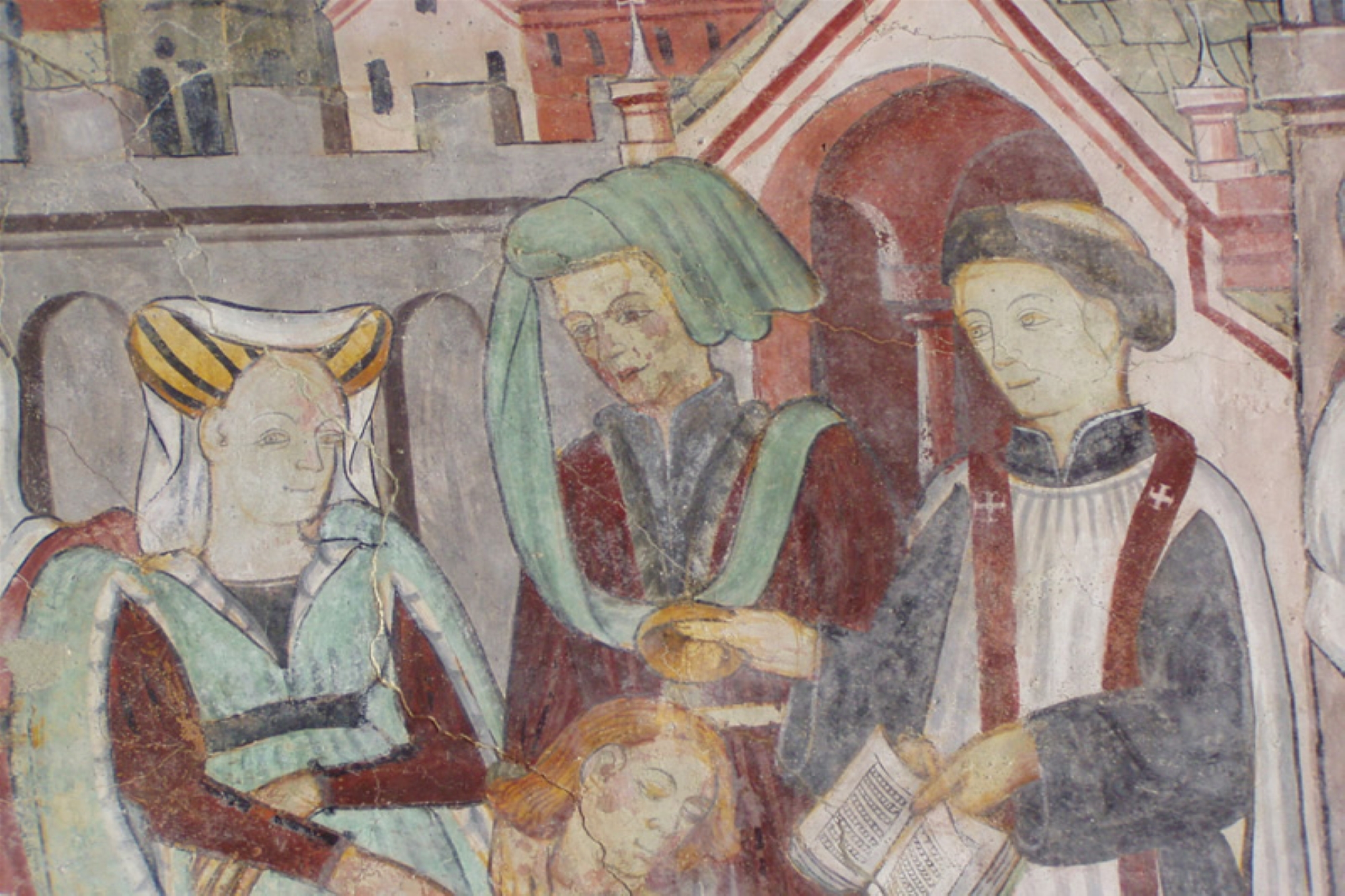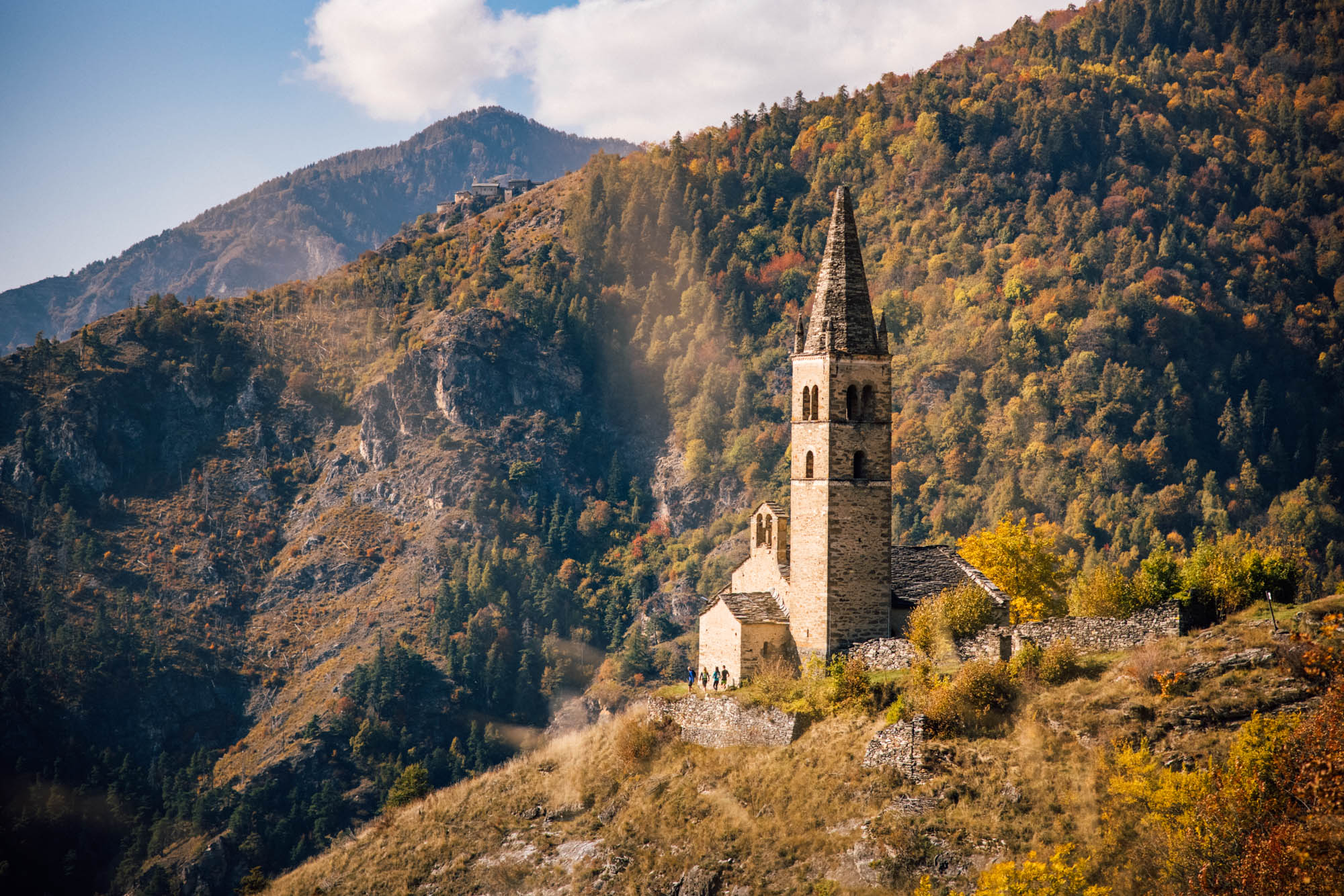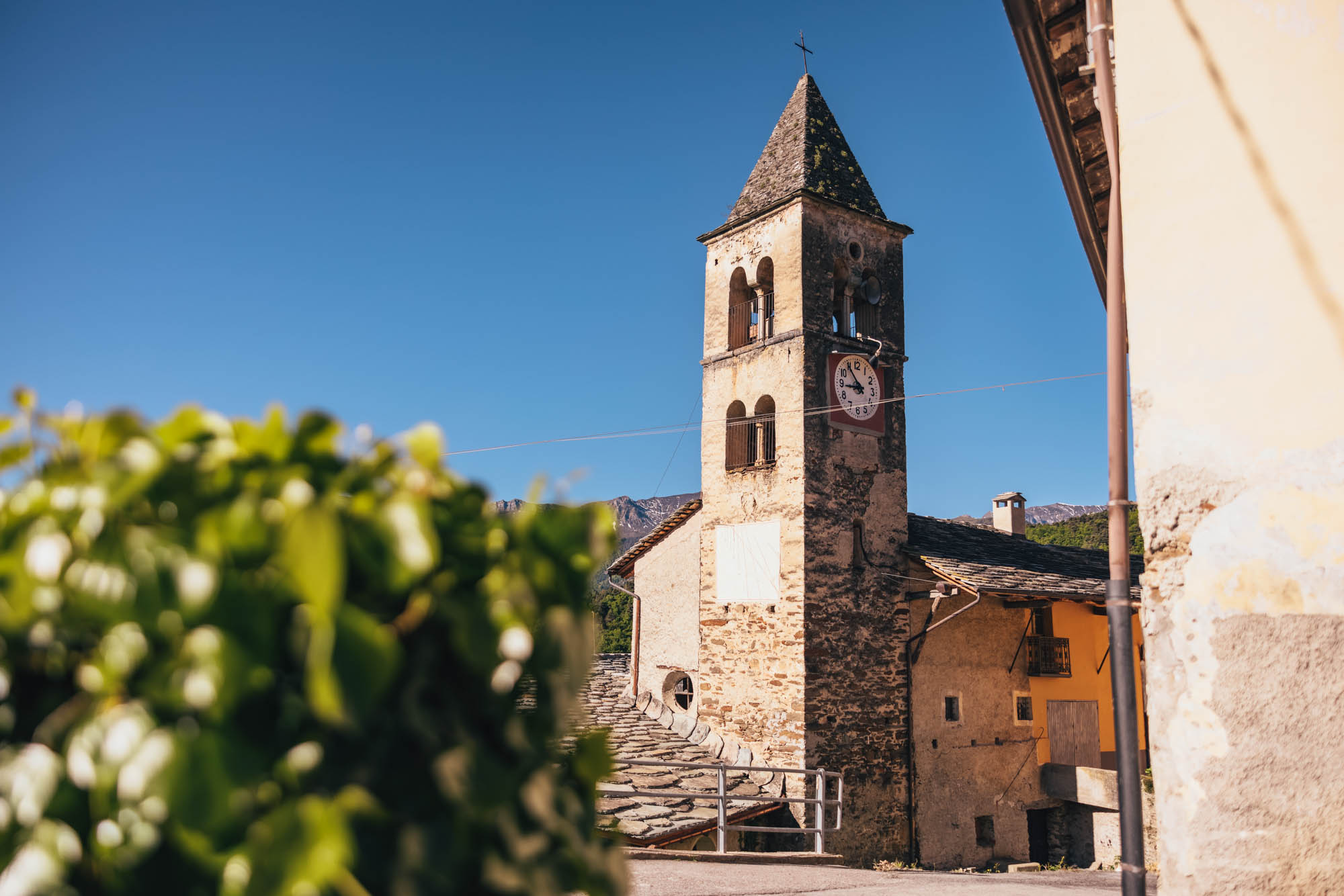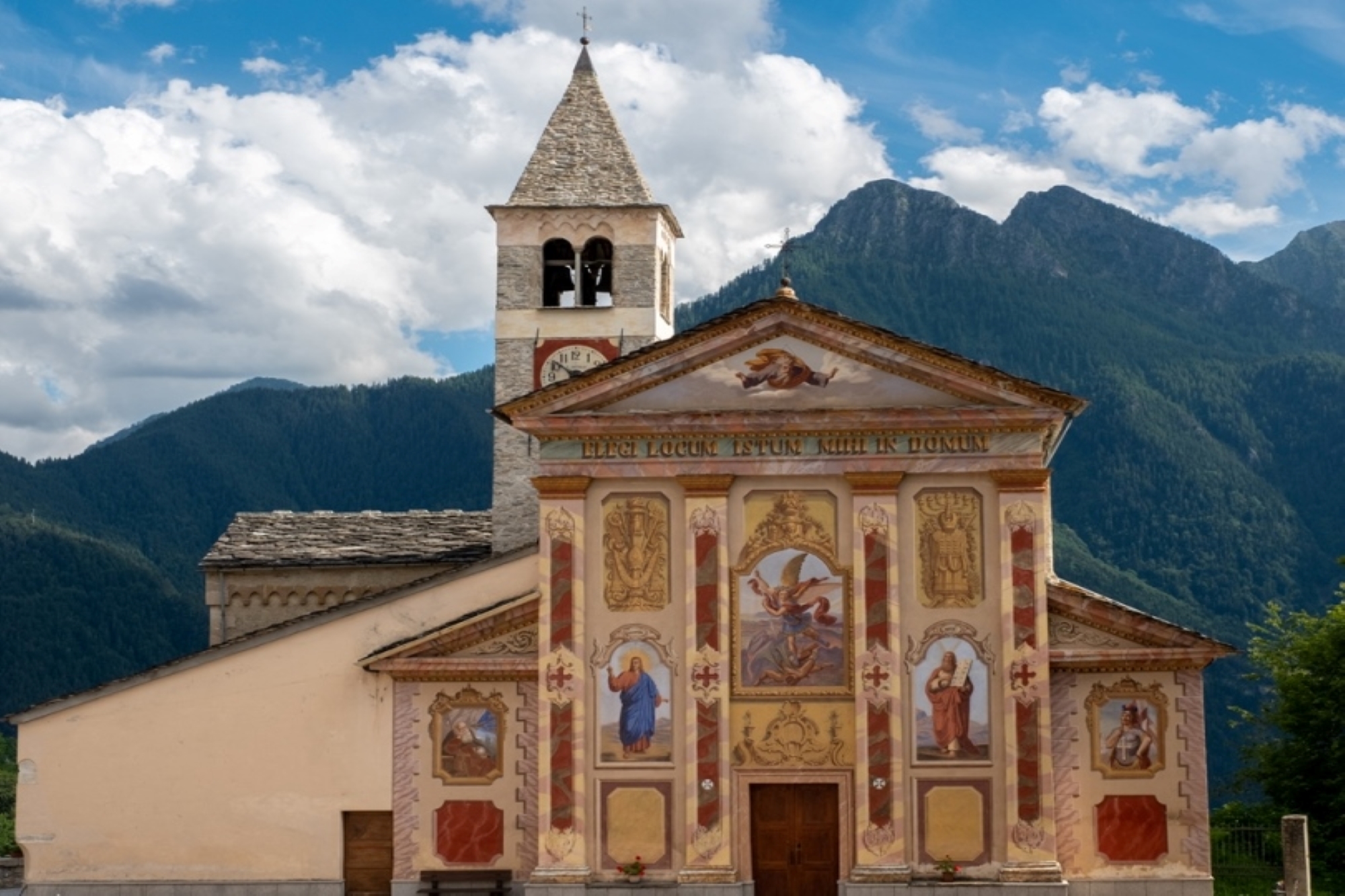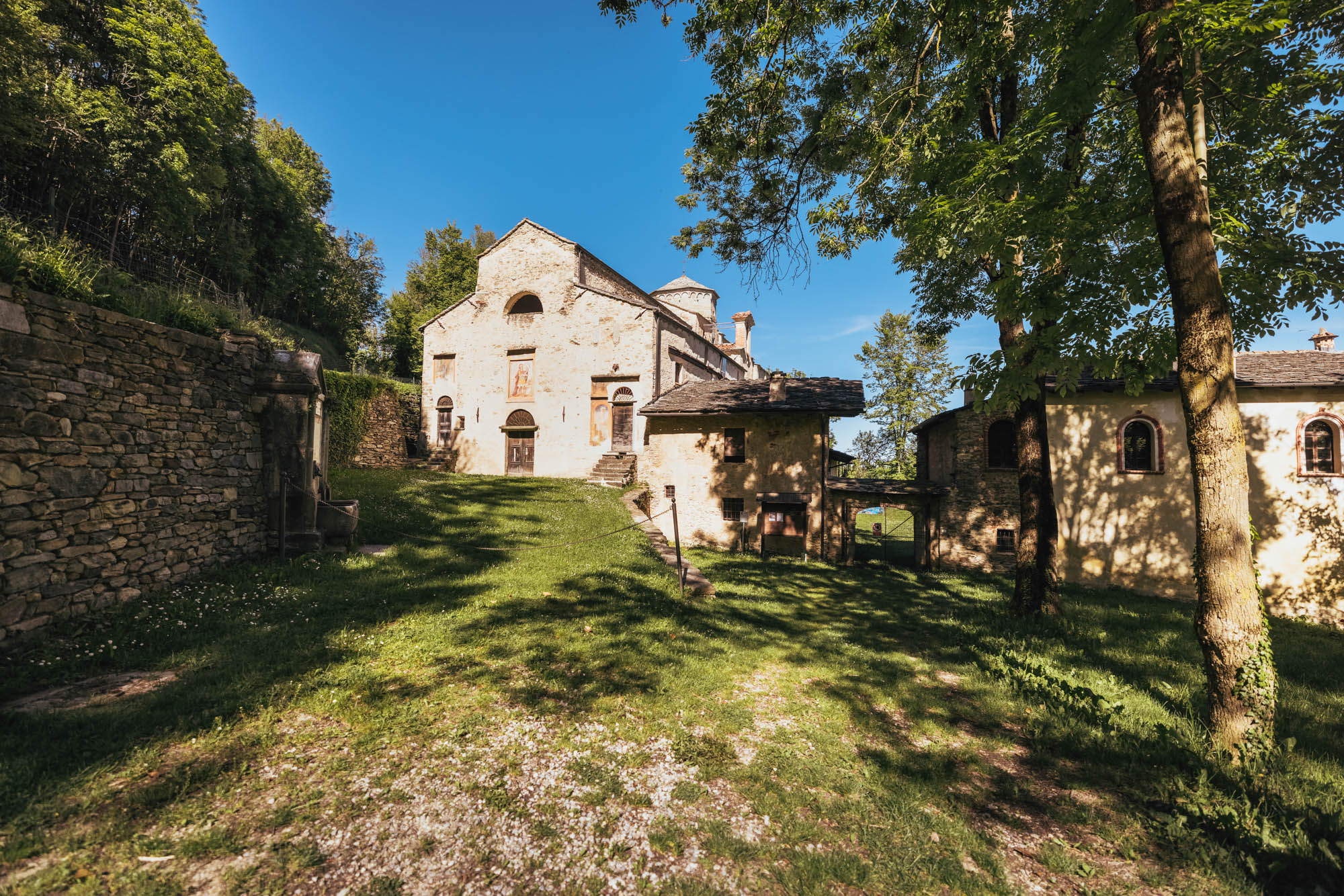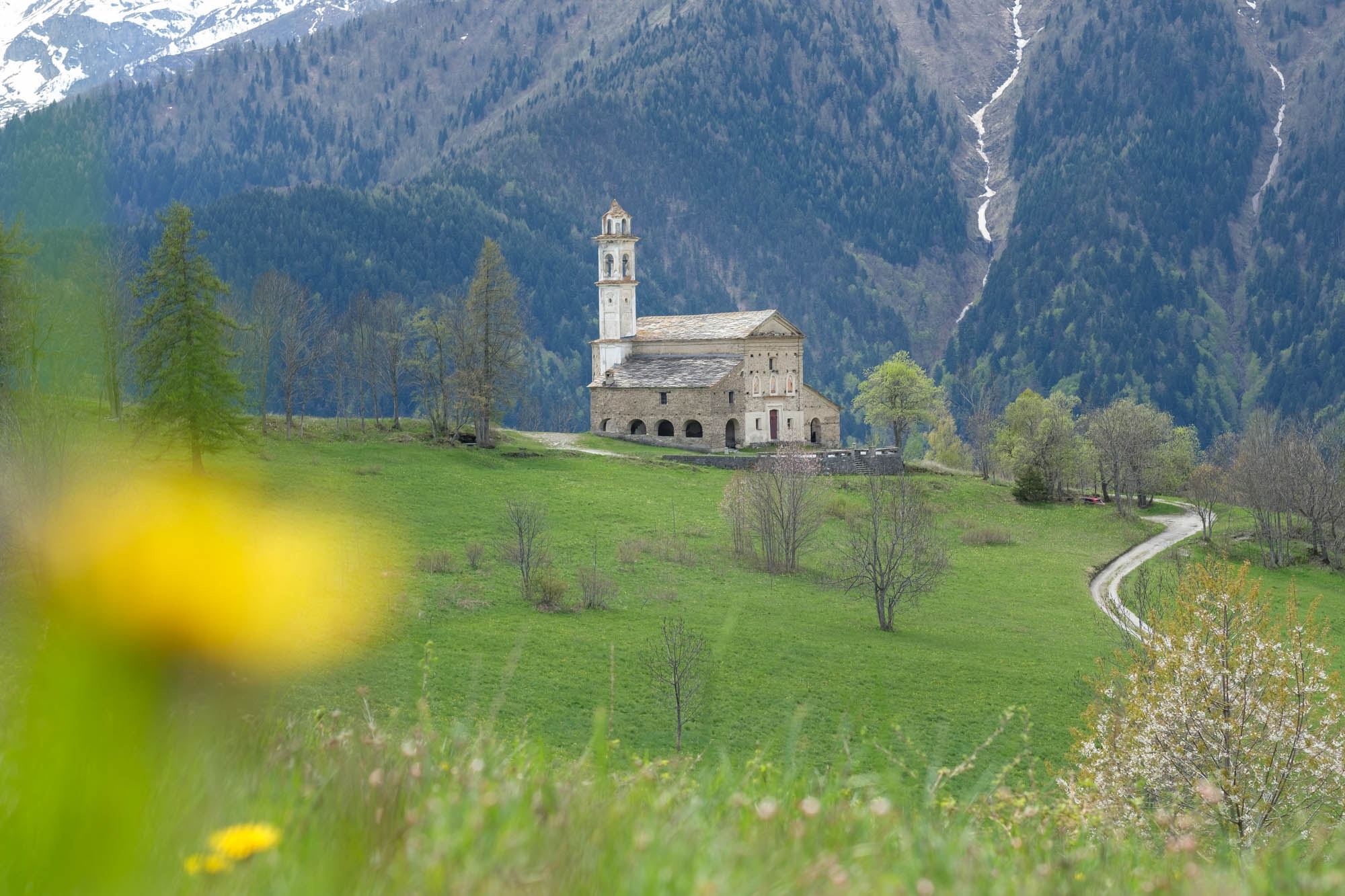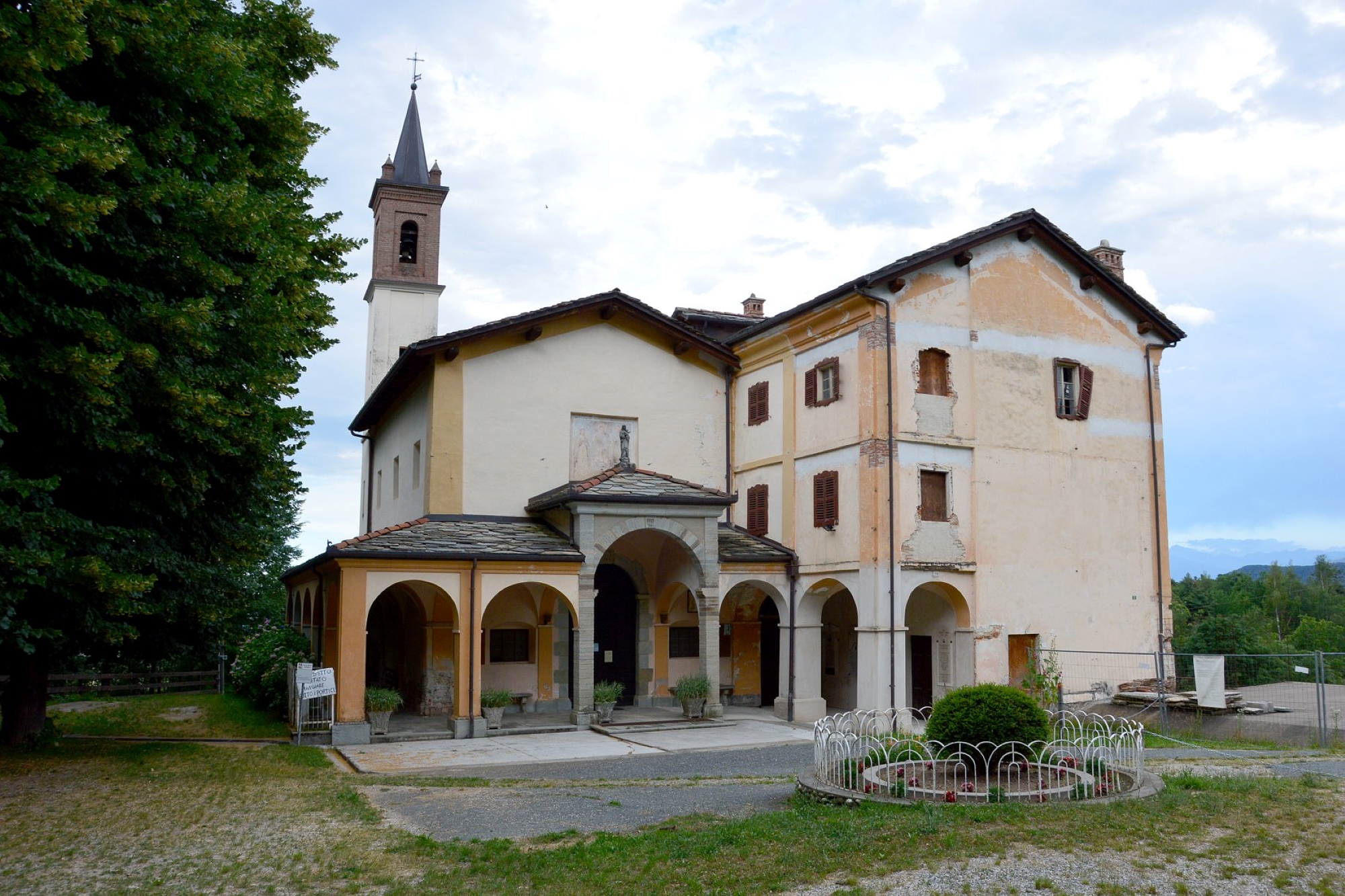Monastero Cistercense di Sant’Antonio

Why should a hamlet be called Monastery? Because this is where the oldest women’s monastic centre in Piedmont is located.
Founded by the Marquises of Busca between 1125 and 1135, it hosted Isabella de’ Burgo of the noble Costanzia di Costigliole family, who was its last abbess in the early 16th century. It was she who promoted the restoration and modernisation of the premises and defended the monastery against the claims of the bishop of Alba and the municipality of Dronero.
When she died in 1511, the settlement was closed by Pope Julius II, but the nuns resisted for a few more decades, despite the threat of excommunication.
The monastery finally closed in 1592, and the premises were incorporated into the present parish church of St. Anthony.
The parish underwent many renovations but, thanks to recent restorations, you can still discover its ancient spirit.
Today, the 15th-century porticoed cloister with ogival arches and octagonal terracotta pillars, the bishop’s house and the late 16th-century stable can be visited and are in good condition. In addition, a late 15th-century fresco depicting the Madonna del Latte was unearthed.
The upper floor contains the austere nuns’ cells, with terracotta floors and wooden ceilings, furnished with 18th-19th century furniture.
The complex is surrounded by ancient walls on which traces of frescoes are visible.
Walking through the various rooms, it will be easy for you to imagine why the nuns fought so hard to stay in the monastery!
-
How to visit the site
The Volunteers organize guided tours every second Sunday of the month from May to October from 2.30pm to 6pm. For information and to book a visit contact the number +39 3398195496
They might interest you
Other attractions similar to this one.


